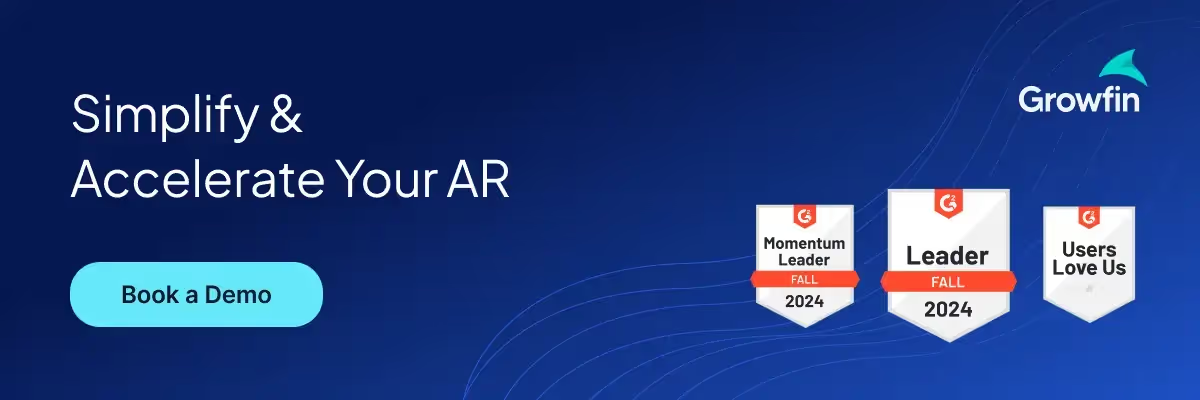📌Not all disputes are created equal; some stem from pricing errors, others from missed deliveries, or contract misunderstandings. Categorizing disputes by reason within Oracle NetSuite helps finance and AR teams track root causes, identify patterns, and resolve issues more efficiently. With the help of custom fields and NetSuite’s reporting tools, you can log, segment, and analyze disputes in a structured, scalable way.
Below is a step-by-step guide to categorizing invoice disputes by reason in Oracle NetSuite.
Steps to Track and Categorize Disputes in NetSuite
Step 1: Identify Where to Store the Dispute Reason
Start by deciding which record types will carry the dispute reason field.
- Customer Records:
Use when disputes relate to overall customer behavior (e.g., habitual short-paying, billing preferences). - Transaction Records (e.g., Invoices, Sales Orders):
Use when the dispute concerns a specific deal or order, like incorrect pricing or shipping delays. - Other Records (e.g., Vendor or Contract Records):
Use for B2B agreements or partner disputes where categorization helps future negotiation or audit readiness.
Mapping disputes to the right record type ensures your data is clean and traceable.
Step 2: Create Custom Fields for Dispute Reasons
Go to Customization > Lists, Records, & Fields > Transaction Body Fields (or Entity Fields for customer-level tagging)’

- Click New to create a custom field
- Choose the appropriate record type (e.g., Invoice, Sales Order, or Customer)
- Select List/Record or Dropdown as the field type
- Define clear field labels like “Dispute Reason.”
- Add standard options such as:
- Pricing
- Delivery Delay
- Contract Terms
- Duplicate Billing
- Service Quality
- Pricing
Using a picklist keeps your data standardized and easier to report on later.
Step 3: Assign Dispute Reasons During Case Logging
When a dispute is raised, go to the associated Customer or Transaction record.
- Edit the record and navigate to the custom “Dispute Reason” field.
- Select the appropriate reason from the dropdown.
- Optionally, add more detail using a notes field or custom comment box.
This helps teams reviewing the transaction understand not only that there’s a dispute, but also why it occurred.
Step 4: Report and Analyze by Dispute Reason
Go to Lists > Saved Searches > New > Transaction (or Customer)

- Filter by records where “Dispute Reason” is not empty
- Group results by Dispute Reason
- Add columns like Customer, Amount, Transaction Date, and Status
Create dashboard or scheduled reports to help finance leadership and AR managers track dispute trends over time.
Pro tip: Growfin integrates with NetSuite to automatically categorize and surface disputes by reason in real time. Whether it's pricing errors or delivery issues, Growfin helps collectors tag disputes directly from their dashboard, feeding structured data back into NetSuite without manual entry.



.png)
.webp)


.webp)













.webp)







.webp)
.webp)
.webp)
.webp)